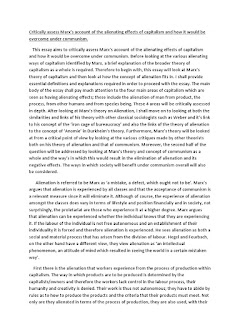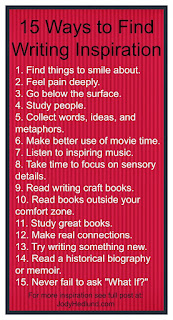Nike Inc Case Study - A Remarkable Journey of Success
When it comes to inspiring brand stories, Nike Inc's journey stands out as a true testament to innovation, perseverance, and relentless ambition. From its humble beginnings in 1964 to becoming a global sports powerhouse, Nike Inc has revolutionized the athletic footwear and apparel industry, leaving an indelible mark on popular culture.
The Early Years
In 1964, Phil Knight and Bill Bowerman founded Nike Inc as Blue Ribbon Sports, initially focusing on importing and distributing Japanese-made athletic shoes. The company's breakthrough came in 1971 with the launch of the iconic Nike Cortez running shoe. This marked the beginning of Nike's pursuit of innovation, offering athletes unparalleled performance and style.
By the late 1970s, Nike had established itself as a leading player in the athletic footwear market while simultaneously venturing into apparel. The introduction of the famous "Just Do It" slogan in 1988 propelled Nike to new heights, capturing the spirit of determination and inspiring athletes worldwide.
A Path of Innovation
Nike Inc constantly strives to push boundaries through cutting-edge technology and product design. One of Nike's game-changing innovations was the introduction of Air technology in 1979, revolutionizing cushioning in athletic shoes. This breakthrough led to the creation of the Air Jordan line, endorsed by basketball legend Michael Jordan, which became a cultural phenomenon.
In the early 2000s, Nike once again disrupted the market with the introduction of Nike+. By embedding sensors in shoes and connecting them to smartphones, Nike transformed running into a personalized, data-driven experience. This innovation consolidated Nike's position as a leader in the intersection of sports, technology, and fashion.
Social Responsibility and Brand Identity
Beyond its products and innovations, Nike Inc has also made significant strides in social responsibility and brand identity. The company's commitment to sustainability is evident in its efforts to reduce environmental impact, such as using recycled materials and implementing eco-friendly manufacturing processes.
Nike's powerful branding initiatives, including collaborations with influential athletes and celebrities, have resonated with consumers worldwide. The brand has successfully created a strong emotional connection, portrayed through impactful advertising campaigns that celebrate diversity, inclusion, and the pursuit of excellence.
Conclusion
Nike Inc's case study is a remarkable tale of perseverance, innovation, and brand-building. From its early days as a small distributor to its current status as a global icon, Nike Inc has consistently pushed the boundaries of what is possible in the world of sports and athletic apparel. With a focus on innovation, social responsibility, and powerful branding, Nike continues to inspire athletes and non-athletes alike to strive for greatness.
- Introduction
- The Early Years
- A Path of Innovation
- Social Responsibility and Brand Identity
- Conclusion







